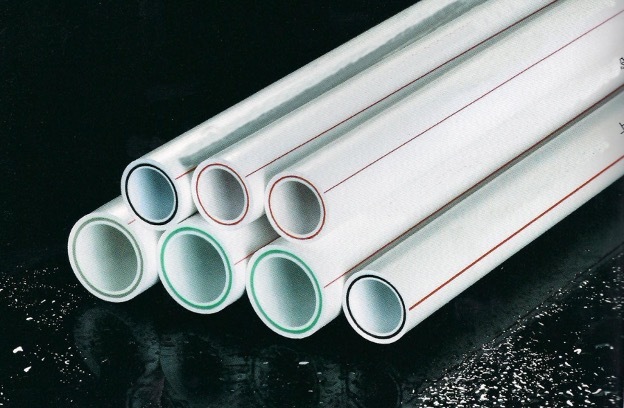Understanding how to plaster a brick wall is easy. First you need to carefully prepare the surface, then knead the solution and apply it in 3 layers, successively waiting for the previous one to dry. How to do it correctly is described in the presented article.
The content of the article
-
What kind of plaster is suitable
- Cement-sand mixture
- Lime mixtures
- Gypsum mix
- perlite mixture
-
How to plaster a wall
- Preparatory stage
- main stage
What kind of plaster is suitable
Before you figure out how to plaster a brick wall, you need to understand which composition is best to choose. There are several types of mixtures - cement-sand, lime, gypsum and perlite.
Cement-sand mixture
This is the most common type of mixtures, which are based on cement and sand, respectively. Suitable for outdoor work and interior decoration. It is convenient in finishing, so it will be quite simple to go broke, how to plaster a brick wall with your own hands. It has the following advantages:
- durability - service life up to 30 years;
- good plasticity due to the long drying time;
- resistance to high humidity;
- resistance to temperatures of a wide range;
- fire resistance;
- no harmful components;
- ease of finishing - no special skills or tools are required.
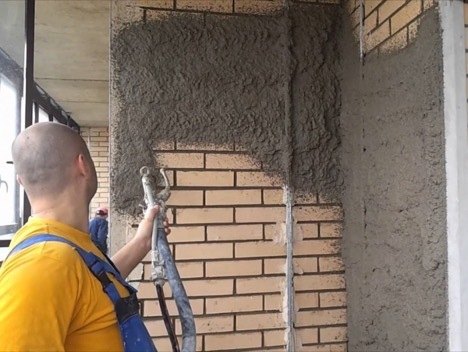
However, considering how to plaster a brick wall, you need to take into account the disadvantages of cement-sand compositions:
- layers dry for a long time - several weeks;
- it is very important to follow the finishing technology.
Lime mixtures
Plastering of brick walls is also carried out using lime mixtures, which are divided into 3 groups:
- pure lime;
- clay mixture;
- plaster mixture.
Unlike cement-sand, they dry in just an hour. If you figure out how to properly plaster a brick wall, you can immediately get several advantages that these compositions provide:
- long service life;
- fire resistance;
- good adhesion to the surface;
- ability to pass water;
- bactericidal properties.
But it is also important to know that lime plaster on a brick wall is not resistant to moisture. Such a composition may crack after vibration exposure, because its strength is low.
Gypsum mix
When studying how to plaster a brick wall, gypsum mixtures can also be considered. They quickly gain strength (in just a week) and are characterized by several advantages:
- very plastic and simple;
- pass moisture;
- protect from the cold;
- low density, therefore have a small weight;
- fire racks;
- easy to grind;
- if necessary, such a finish can be easily adjusted, repaired.
But it was not without its downsides. Even if you understand how to properly plaster a brick wall, this will not protect against individual shortcomings:
- instability to high humidity;
- fragility;
- instability to negative temperature;
- lack of bactericidal properties.
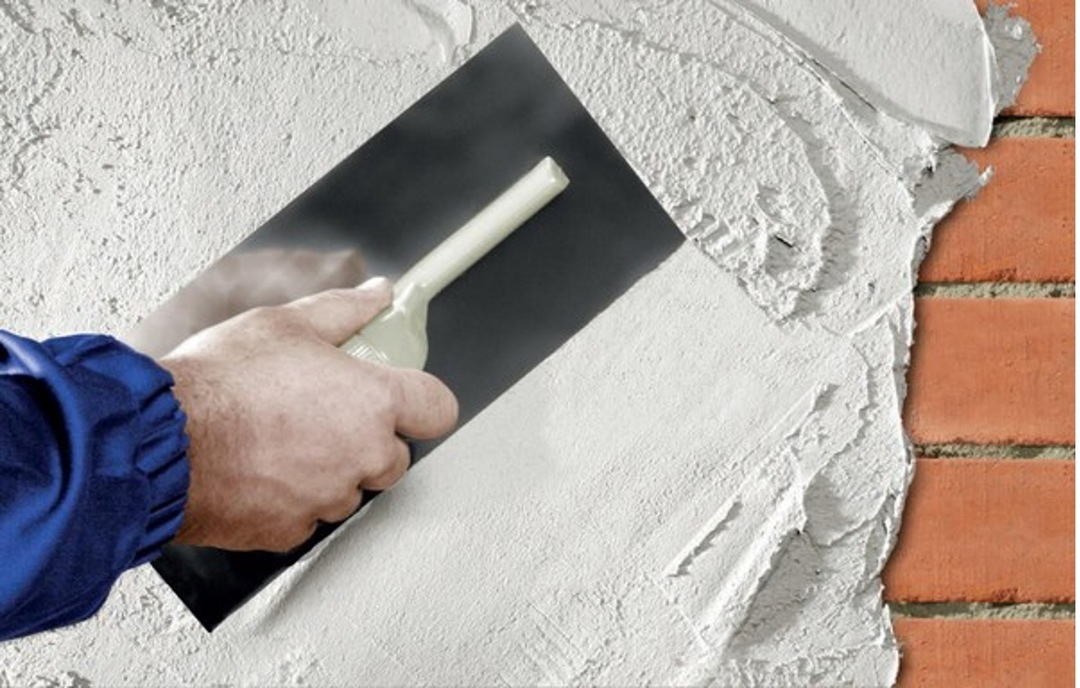
perlite mixture
Finally, you can plaster a brick wall with a mixture based on perlite. This composition is valuable due to the following advantages:
- increased wear resistance;
- light weight;
- low thermal conductivity;
- resistance to fire;
- bactericidal properties;
- satisfactory vapor permeability.
Of the minuses, one can only single out a large amount of dust and a complex technology for mixing the solution.
How to plaster a wall
The work is carried out in several stages. Even a high-quality surface must first be prepared, and then proceed to apply several layers and wait for it to dry. Instructions on how to properly plaster a brick wall are described in detail below.
Preparatory stage
First you need to prepare the wall, knead the mortar, and also select the necessary tools:
- perforator or electric drill;
- spray;
- trowel;
- "polutorok";
- rule;
- roulette;
- construction level;
- plumb.
Learning how to properly plaster a brick wall outdoors or indoors should begin with a careful examination of the surface. Preparatory work is carried out in stages:
- Removing the old cover.
- Fixing or replacing loose bricks;
- Filling cracks and chips.
- Removal of remnants of metal fragments of fasteners.
main stage
After that, prepare a solution and follow the instructions on how to plaster a brick wall with your own hands:
- Be sure to prime the surface. If the brick is of medium density, you can use a universal primer, if the masonry is old - a mixture of deep penetration. If outdoor work is planned, the composition should contain an antiseptic.
- Before plastering of brick walls inside the room is done, it is necessary to do reinforcement, which will increase the strength of the coating. It can be a mesh made of metal or fiberglass. Install it after the primer has dried - you should not do it earlier.
- Next, beacons are installed, determining the most convex part of the wall by the level and plumb. Identical steps are planned from it, for example, 60 cm each, and beacons are mounted. The plane is formed using a nylon cord.
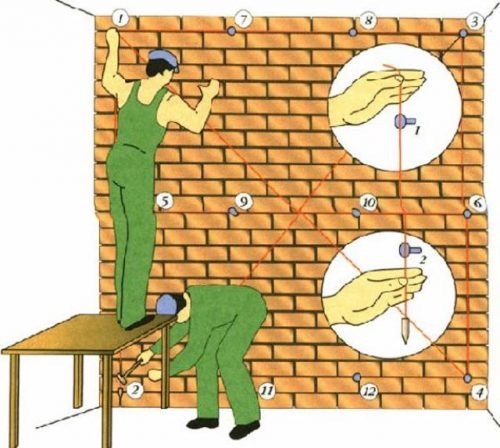
- To understand how to apply plaster on a brick wall, you need to install guides. As they use a metal profile, which is fixed on the surface of the wall. The first of them is placed at a distance of 10 cm from the edge, then at the same interval, for example, 100 cm each.
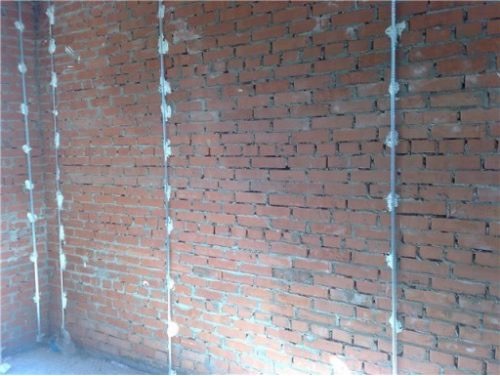
- Now begins the main stage of the instruction on how to properly plaster a brick wall. First, a preparatory layer is applied - a spray. It is desirable that it be a little more dense - in consistency like thick sour cream. The thickness of the layer is no more than 5 mm, they begin to lay it, moving from the bottom up from the left corner.
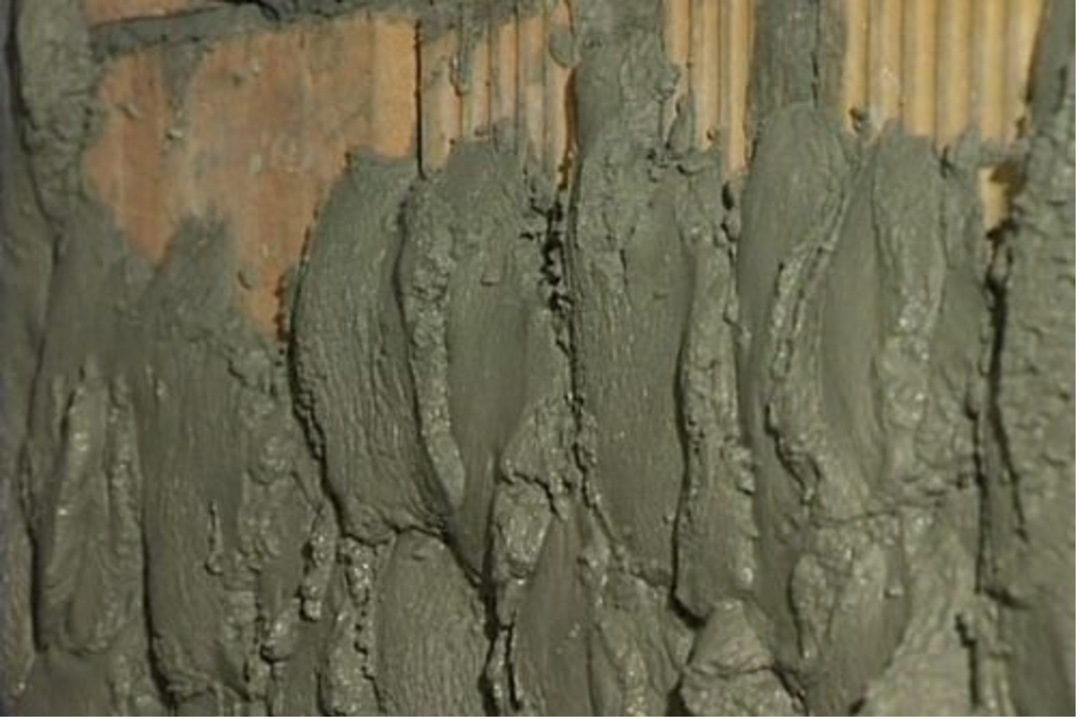
- When the spray is completely dry, make the second (primer) layer. Its thickness should be 3-4 more, but within 20 mm. In this case, the consistency of the solution should be standard, i.e. slightly less dense than for the first layer. They move in the same way - from the bottom left edge. Since the plaster on the brickwork is laid unevenly, it should be leveled with a rule.
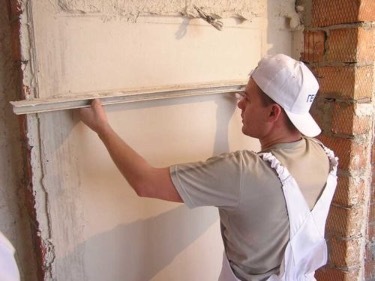
- Again, they wait for drying and proceed to laying the last (covering) layer. It should be very thin - only 1-2 mm, but no more. Moreover, at this stage, a mixture with a large proportion of cement should be used, and the filler should be well-sifted fine sand.
- Finally, at the final stage, grouting is done. To do this, you should not wait for complete drying - on the contrary, it is better to work with a slightly damp surface.
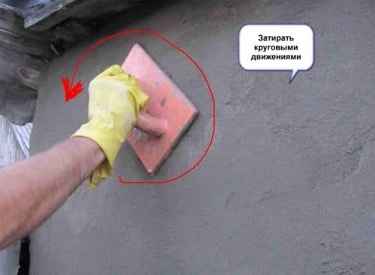
Thus, it is quite possible to put plaster on a brick wall on your own. The work is carried out in several stages, with mandatory preliminary priming and reinforcement. For finishing, it is better to use high-quality mixtures so as not to engage in additional repairs in the future.

